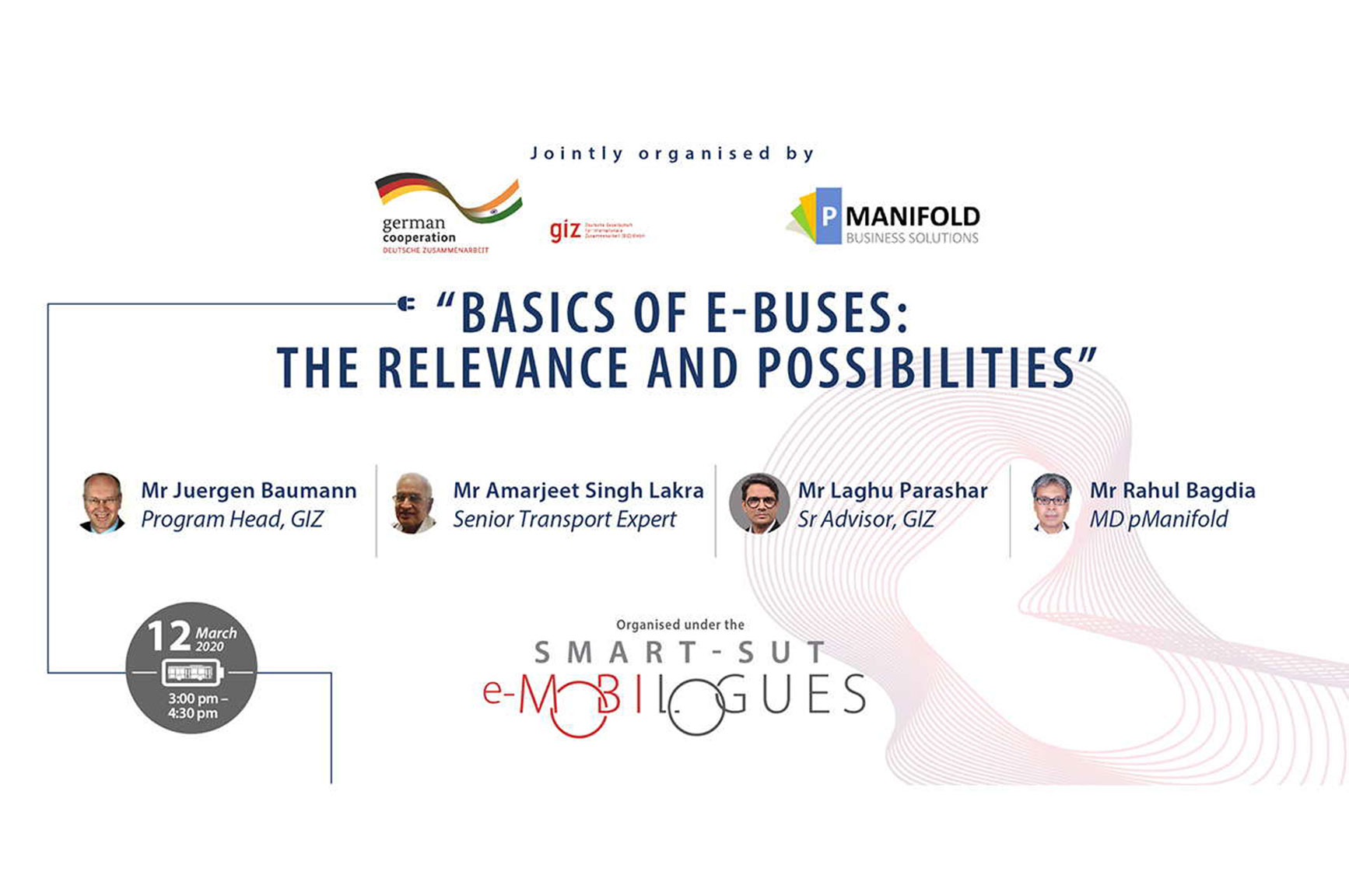
Basics of e Buses The Relevance and Possibilities
India is witnessing rapid urbanization which has led to a tremendous increase in demand for transport and other basic services. By 2025, 46% of Indians will live in cities with more than 1 million people, and by 2030, the number of cities with populations of more than 1 million will grow from 42 to 68. With the rising urban population, cities are preparing themselves to respond to the emerging demand for transportation and are learning to make it more robust and resilient. City buses are the backbone of public transport, and its electrification can help cities to make it more sustainable and greener. The e-Buses can help cities to address the issues of city-level pollution, GHG emission, and improving the Air Quality Index (AQI). To give a further push to clean mobility in public transportation, the Department of Heavy Industry has approved the sanction of 5595 electric buses to 64 Cities / State Govt. Entities /STUs for intra-city and intercity operation under FAME India scheme phase II. The e-Buses are emerging as a strong option for green, and sustainable mobility and cities are proactive to switch towards it. The resilient transition of ICE buses to e-Buses required knowledge and awareness at all level of stakeholders to create a positive and supportive ecosystem. This was the first webinar of the series ‘e-mobilogues- Shifting the Gears: Towards Electric Buses’. It is a joint initiative of GIZ under the SMART-SUT project along with pManifold Business Solutions. The webinar series will have industry experts sharing their experiences and insights on national and state-level EV policies, current practices, national and international case studies, and lessons learned during E-bus adoption.
This first webinar answers the following questions:
a) Why there is need of e-Buses in India and its overall benefits (environmental, social, economic)?
b) What are the different components of e-Buses?
c) What are the different battery models and charging options for e-Buses?
d) What are the different operation models for e-Buses and leading technology providers?


